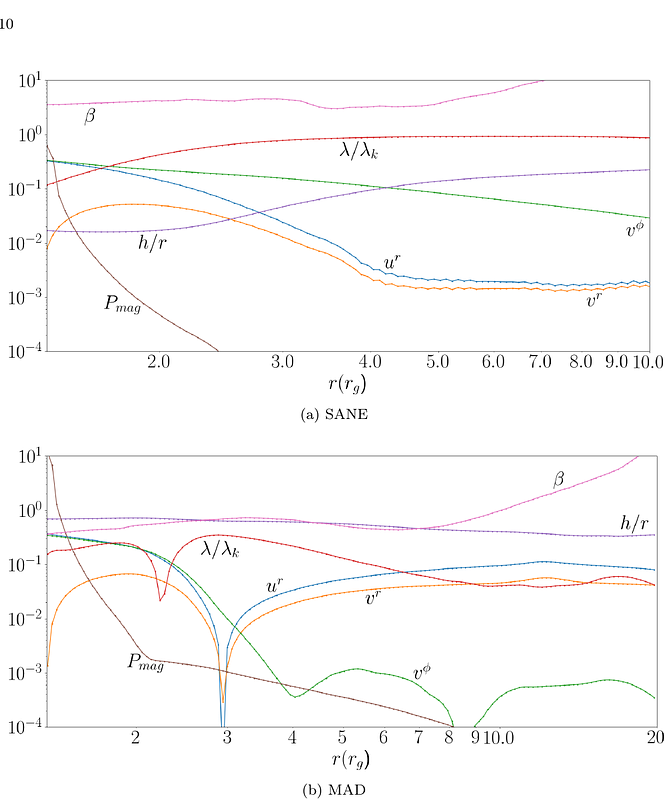Disk-Outflow Symbiosis in GRMHD Simulations: Explaining Hard-State ULXs

Disk-Outflow Symbiosis in GRMHD Simulations: Explaining Hard-State ULXs
Mayank Pathak, Banibrata Mukhopadhyay
AbstractUltraluminous X-ray sources (ULXs) have captivated researchers for decades due to their exceptionally high luminosities and unique spectral characteristics. Some of these sources defy expectations by exhibiting super-Eddington luminosities with respect to stellar mass sources even in their low-hard state. Numerical steady-state calculations suggest that ULXs in this state can be explained as highly magnetized advective accretion sources around stellar-mass black holes. To explore this further, we employ GRMHD simulations using the publicly available code, BHAC (Black Hole Accretion Code), to model the behavior of highly magnetized advective accretion flows around a black hole. Our simulations demonstrate that such systems can indeed produce the intense luminosities observed in ULXs. Additionally, we validate that the magnetic fields required for these high emissions are of the order of $10^7$ Gauss, consistent with previous numerical steady-state findings.